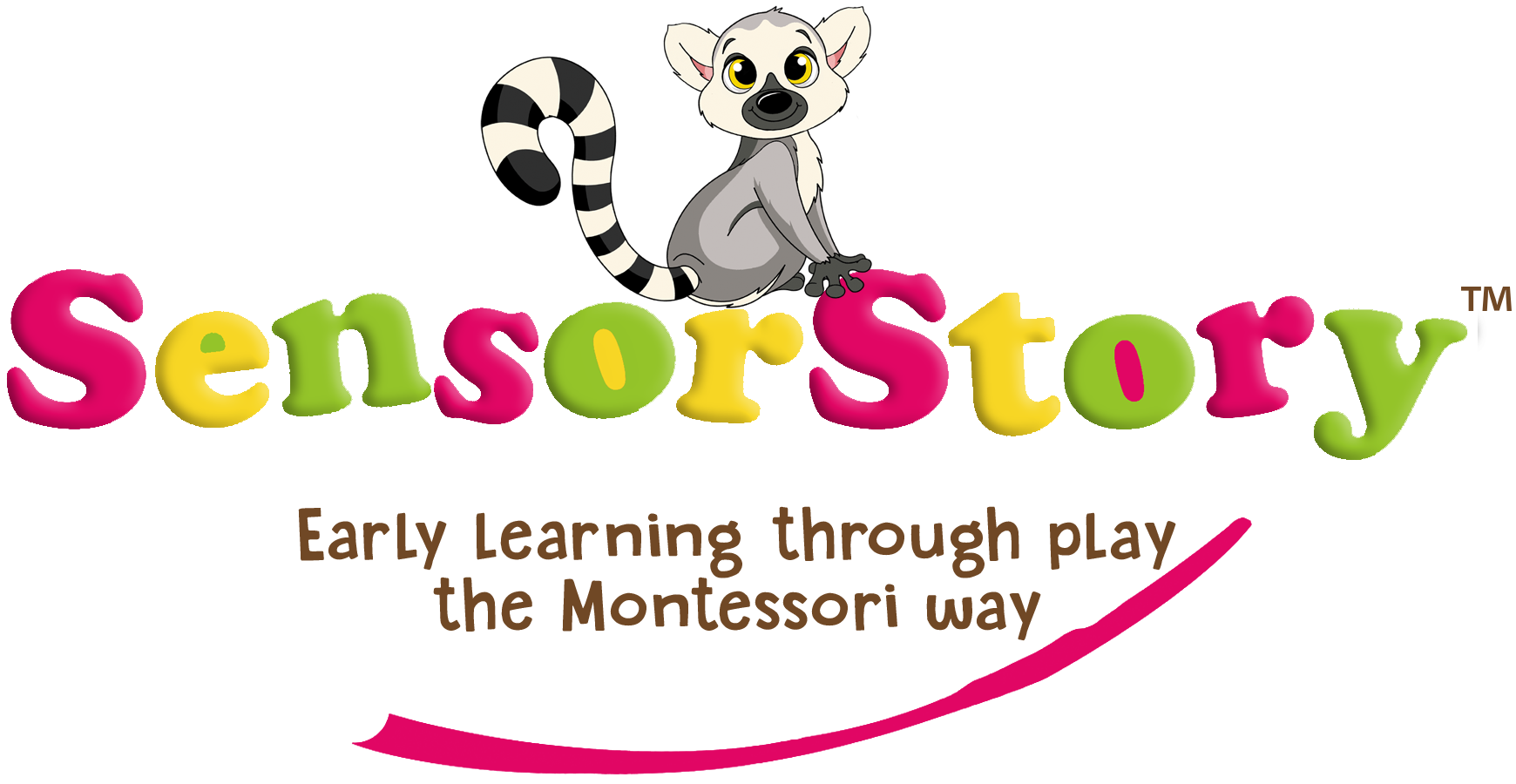For me, open-play has different layers: open-ended toys and activities, no prepared adult, and no prepared environment.
Materials and activities: they wouldn’t have beginning, middle and end; wouldn’t work on one isolated skill at a time; and if the toys are close-ended, the children would be expected to figure out how to work with them on their own.
Adult: no trained guide to lead a session; no one to give presentations; no one to prevent a child from breaking another child’s concentration; no one to prepare the environment to meet the children’s interests in order to promote independent/child-led exploration.
Prepared environment: space wouldn’t be organized in the different areas of development (manipulatives, music/movement, practical life, language, self-expression, etc); no structured routine, for example, children aren’t expected to take a material off the shelf to work on it then put it back, work on one thing at a time, do things independently *without* the adult’s unnecessary help like wipe up a spill, etc.
So for me, if you don’t have the combination of a prepared adult and a prepared environment in the sense of what Maria Montessori meant by those terms, then you don’t have a Montessori playgroup, you just have a playgroup. Basically, you’d be better off calling an open-play session just a recreation class and not use the term Montessori, which is why I’ve never seen anyone use the term playgroup in the US for what Simone does. I’ve only seen that called (in the Montessori community) a “parent-child class” or “parent-toddler class”.
